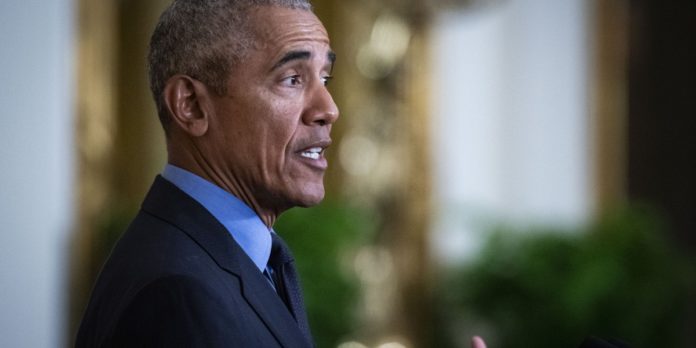
More than 3 million new members joined the marketplace, also known as “Obamacare,” according to the Department of Health and Human Services.
The government worked with nonprofit groups and invested in program specialists who helped to sign people up in low-income, immigrant, Black and Latino communities to enroll more people, said Chiquita Brooks-LaSure, administrator of the Centers for Medicare and Medicaid Services.
“We made unprecedented investments to expand our enrollment organization footprint into nearly every county in the country and targeted the hardest to reach communities,” she said.
The boost in enrollment comes as the number of uninsured people is at an all-time low — just 8% of those in the United States remain without coverage.
President Joe Biden and a Democratic-led Congress have committed millions of dollars over the past two years into unlocking low-cost insurance plans for more people and prohibiting states from kicking people off Medicaid during the COVID-19 pandemic. The marketplace itself has also evolved in recent years, with more insurers joining, giving an overwhelming majority of Americans at least three plans to consider during enrollment.
Those breaks on coverages were extended through 2025 under a major climate and health care bill championed by Democrats last year.
The low-cost plans, which offer zero dollar-premiums for some entering the marketplace, have reversed what was a flat market for the Obama-era health law, said Massey Whorley, a principal at health consulting firm Avalere.
“To have this level of continued increase is really interesting,” Whorley said. “We were in a position several years ago where overall exchange enrollment was flat and declining so many people thought the exchanges were this stable but dwindling environment.”
The significant progress on lowering the uninsured rate across the country, however, is threatened this year. Millions of people expected to lose their Medicaid coverage starting this spring when states will begin the process of removing people who are no longer eligible, in many cases because their income is now too high to qualify.
A portion of those people are expected to transition from Medicaid to the marketplace, and the administration said it is spending $12 million to keep information specialists on the job in the coming months to help people enroll in the health law’s marketplace if they lose Medicaid coverage.
Some who have had Medicaid coverage over the past few years will decide they can spare a few dollars every month to keep coverage through the health law’s marketplace, Whorley said. Others might decide they cannot afford coverage that often has higher co-payments, deductibles and monthly premiums than Medicaid.
“They will have to make real choices,” Whorley said. “If you’re already struggling to make rent and pay your utilities, put gas in your car, put food on the table, you may just not be in a position.”
Learn how to navigate and strengthen trust in your business with The Trust Factor, a weekly newsletter examining what leaders need to succeed. Sign up here.
Source link






